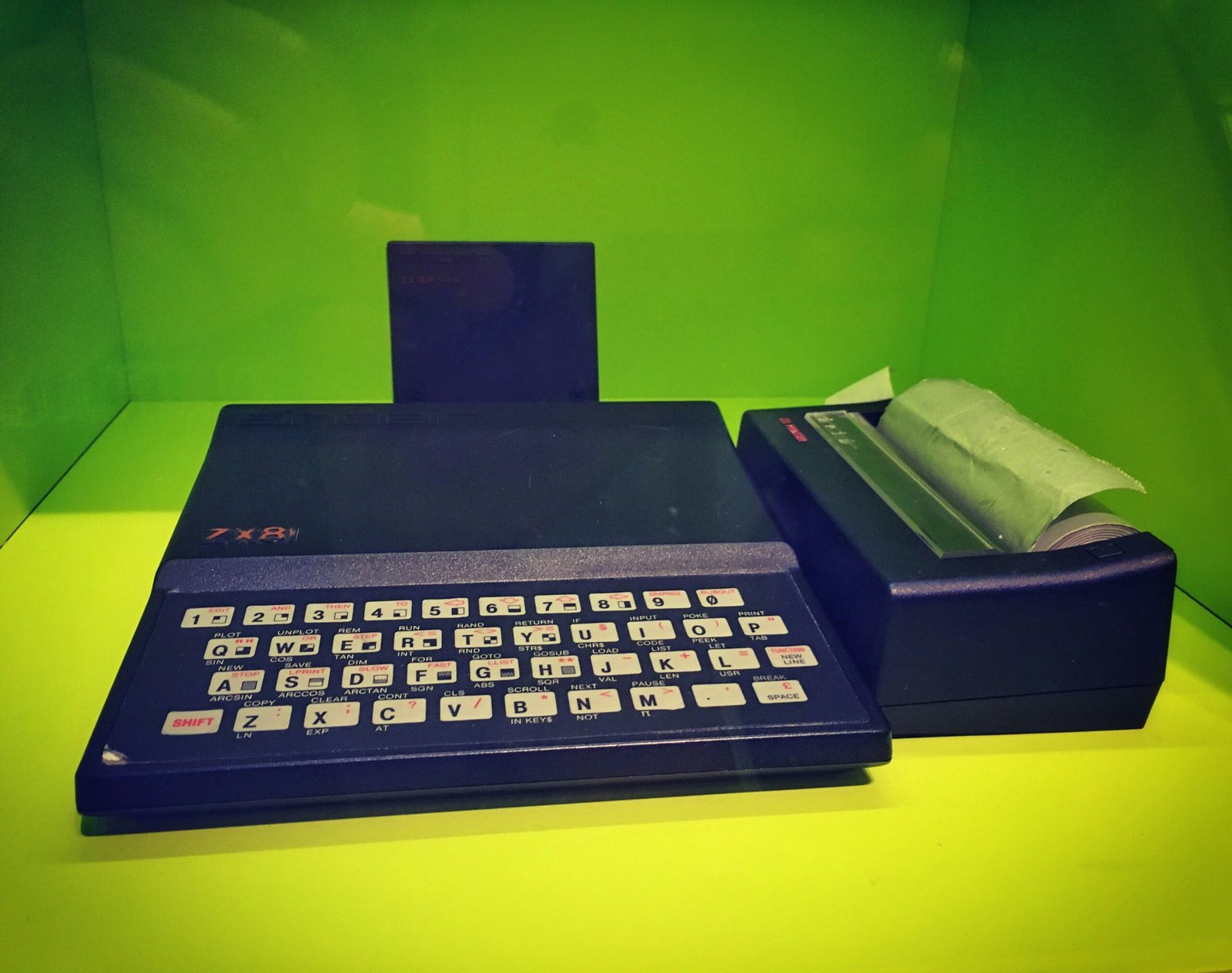The year 1981 witnessed a groundbreaking event in the world of technology – the launch of the ZX81 home computer by Sinclair Research. This pioneering device, released on March 1st, 1981, revolutionized the way people interacted with computers and played a pivotal role in the democratization of computing.
At the time of its release, personal computers were still relatively expensive and inaccessible to the general public. However, the ZX81 aimed to change that. Designed to be affordable, the ZX81 was priced at just £69.95, making it significantly more accessible than its competitors.
One of the key features that set the ZX81 apart was its slimline design. Unlike other bulky home computers of the era, the ZX81 was sleek and compact, making it suitable for use in homes where space was limited. Its minimalist design also made it visually appealing, attracting users who were drawn to its simplicity.
The ZX81 boasted a user-friendly interface, which made it easy for individuals with little to no programming experience to get started. It featured a membrane keyboard and a black and white display, with a resolution of 64×48 pixels. While the graphics capabilities were limited, the ZX81 excelled in its ability to handle text-based applications and programming.
The launch of the ZX81 had a profound impact on the computing landscape. It brought computing into the homes of everyday people, sparking a wave of enthusiasm and interest in programming. The affordability of the ZX81 meant that individuals from diverse backgrounds could now explore the world of computing, leading to a surge in creativity and innovation.
The ZX81 also played a significant role in inspiring a generation of programmers. With its user-friendly interface and accessible price point, it encouraged individuals to experiment with coding and develop their own software. Many successful programmers and software developers credit the ZX81 as their gateway into the world of computing.
In addition to its impact on individuals, the ZX81 also had broader implications for the future of home computing. Its success paved the way for the development of more advanced and powerful home computers, setting the stage for the personal computing revolution that would follow. The ZX81’s influence can be seen in subsequent devices such as the ZX Spectrum, which built upon its foundation and further expanded the possibilities of home computing.
The launch of the ZX81 was met with great enthusiasm and anticipation. It quickly gained popularity and became one of the best-selling home computers of its time. Its success can be attributed not only to its affordability and user-friendly interface but also to the innovative marketing strategies employed by Sinclair Research. The company utilized various advertising campaigns to promote the ZX81, capturing the attention of potential buyers and generating widespread interest.
The legacy of the ZX81 continues to resonate today. It is remembered as a groundbreaking device that brought computing to the masses and inspired a generation of programmers. The impact of the ZX81 can still be felt in the modern world, as its influence can be seen in the widespread use of personal computers and the continued advancements in technology.
In conclusion, the launch of the ZX81 home computer in 1981 marked a significant milestone in the history of computing. Its affordability, user-friendly interface, and innovative design made it accessible to a wide audience, democratizing computing and inspiring a generation of enthusiasts and programmers. The ZX81 laid the groundwork for the future of home computing, setting the stage for the personal computing revolution that would follow. Its legacy continues to be celebrated, making it a pivotal moment in the evolution of technology.
SEO Excerpt:
The launch of the ZX81 home computer in 1981 revolutionized the world of computing. With its affordable price, user-friendly interface, and innovative design, the ZX81 brought computing to the masses and inspired a generation of programmers. Discover the impact of this groundbreaking device and its lasting legacy in the evolution of technology.

